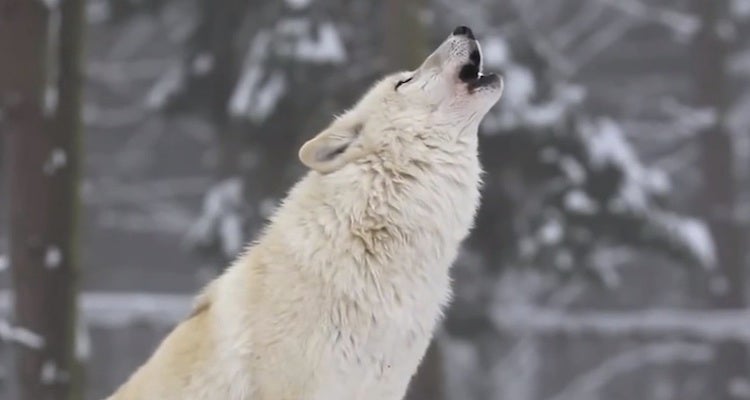How Wolves Altered Yellowstone’s Geography

'A wolf howls in Yellowstone National Park. [image: Sustainable Man / YouTube]'
The ever-controversial reintroduction of wolves to the Greater Yellowstone ecosystem has had profound effects on the region – and we’re not just talking about number of lupine stuffed animals sold at the gift shop. The successful reestablishment of canis lupus altered wildlife patterns, cut down ungulate numbers, and as a new video shows, even changed the physical geography of the national park.
How, you ask? Via an ecological process known as a trophic cascade, by which one apex predator at the top of the food chain creates a whole slew of trickle-down effects via its predation habits. The mere presence of wolves can bring mice populations back (because wolves drive out coyotes) and change the course of rivers (because with less deer and elk, vegetation can fill in and stabilize eroding river banks). Watch below as effervescent British scientist and ecologist George Monbiot explains all this over footage of classic Yellowstone vistas (and some rad Blade Runner synths):
For backpackers visiting Yellowstone this summer, you can thank the wolves for the increased biological diversity and improved scenery — and if you’re lucky, maybe a midnight serenade.